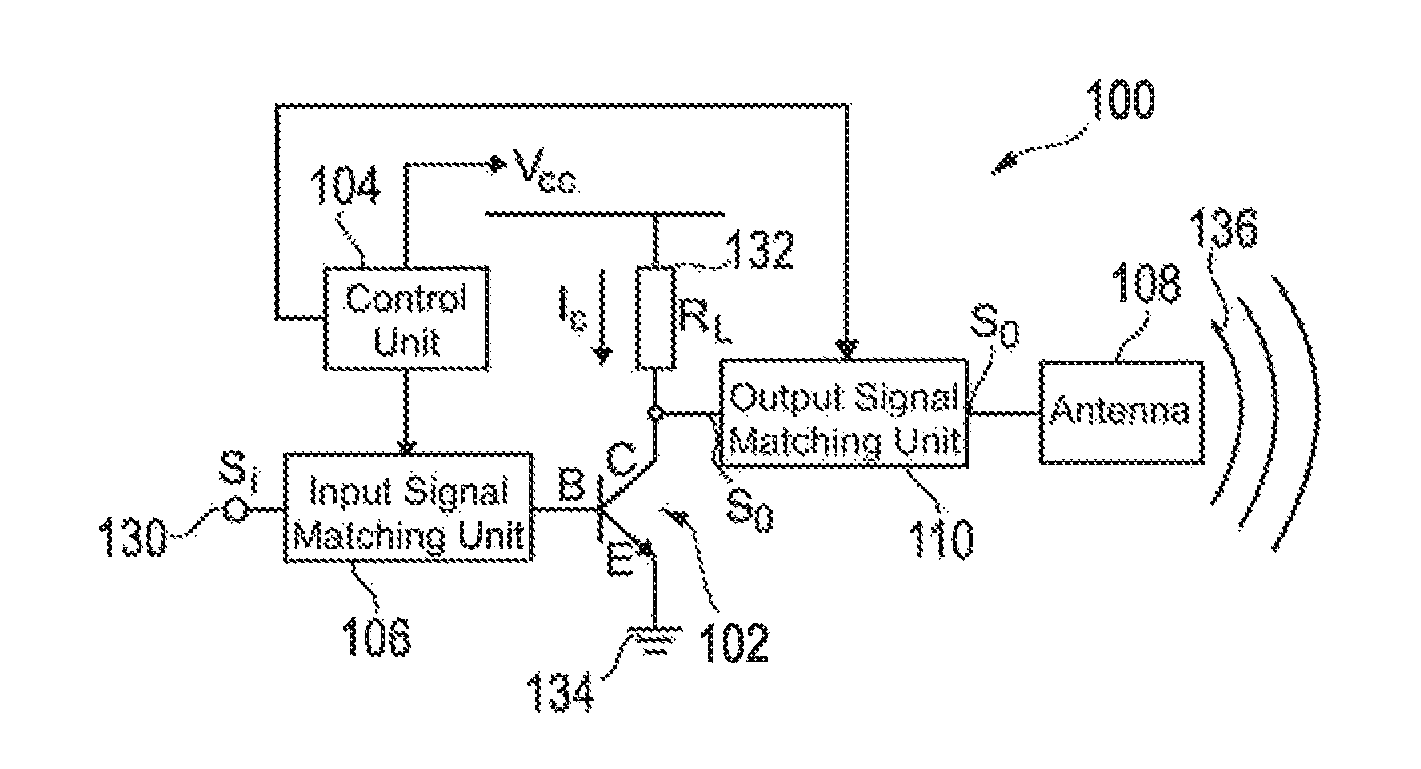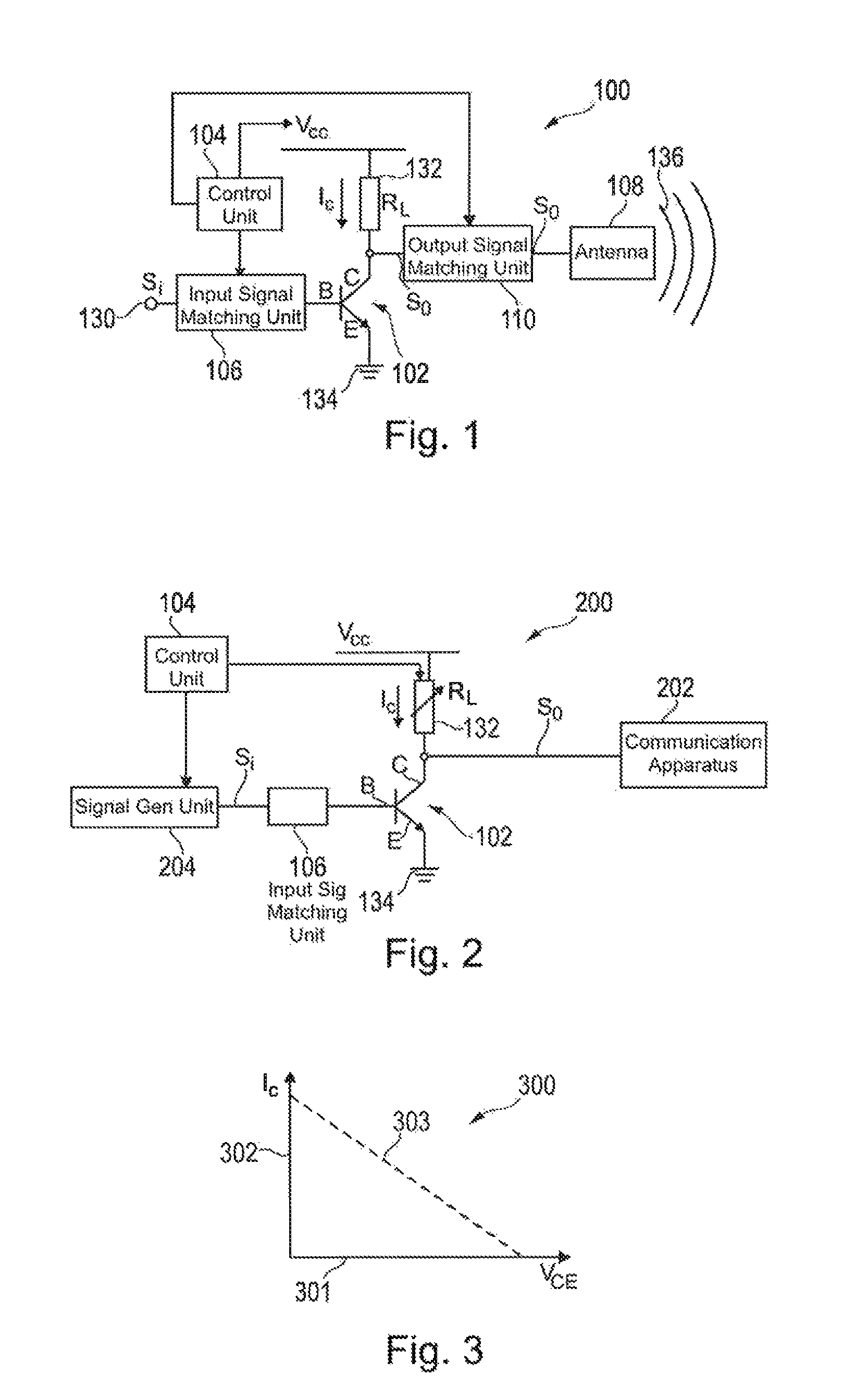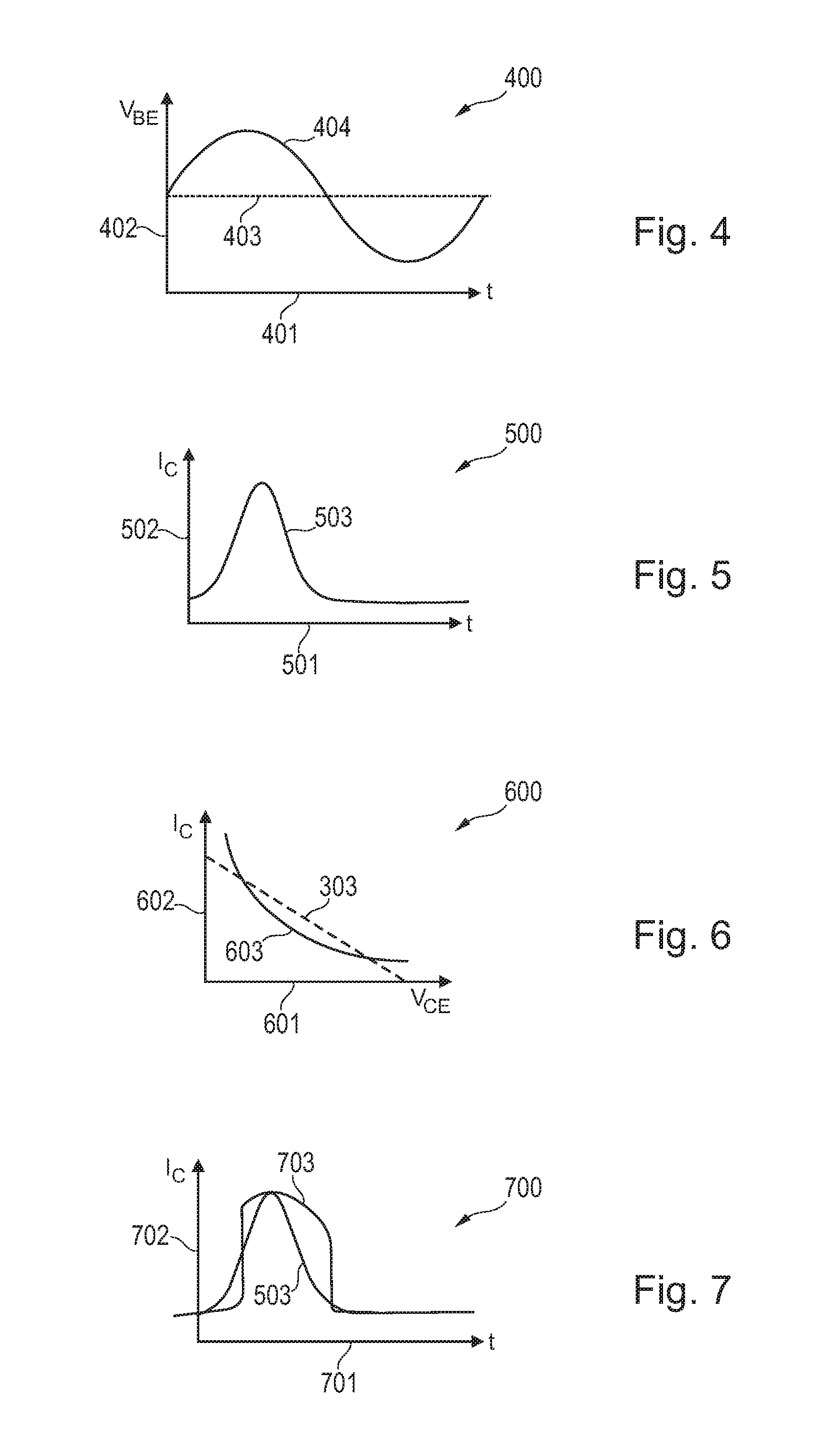Device for and a method of generating signals
a technology of a signal and a device, applied in the field of devices for generating signals, can solve the problems of inability to meet the requirements of silicon semiconductor technology, the maturity of this technology is still in its infancy, and the frequency generation limit of the semiconductor device is in the hundreds of ghz, etc., to achieve the effect of high frequency generation, simple measures, and high frequency components
- Summary
- Abstract
- Description
- Claims
- Application Information
AI Technical Summary
Benefits of technology
Problems solved by technology
Method used
Image
Examples
Embodiment Construction
[0050]The illustration in the drawing is schematically. In different drawings, similar or identical elements are provided with the same reference signs.
[0051]In the following, referring to FIG. 1, a device 100 for generating an output signal So having an increased output frequency compared to an input frequency of an input signal Si according to an exemplary embodiment of the invention will be explained.
[0052]A part or all of the components of the device 100 may be provided as a monolithically integrated semiconductor circuit.
[0053]The device 100 comprises a bipolar transistor 102 having a base B, a collector C and an emitter E.
[0054]A control unit 104 is provided, which is adapted for controlling application of the input signal Si to the base B and which is adapted for controlling application of a collector-emitter voltage between the collector C and the emitter E in a manner for operating the bipolar transistor 102 in a snap-back regime (see FIG. 8) to obtain a non-linear collecto...
PUM
 Login to View More
Login to View More Abstract
Description
Claims
Application Information
 Login to View More
Login to View More - R&D
- Intellectual Property
- Life Sciences
- Materials
- Tech Scout
- Unparalleled Data Quality
- Higher Quality Content
- 60% Fewer Hallucinations
Browse by: Latest US Patents, China's latest patents, Technical Efficacy Thesaurus, Application Domain, Technology Topic, Popular Technical Reports.
© 2025 PatSnap. All rights reserved.Legal|Privacy policy|Modern Slavery Act Transparency Statement|Sitemap|About US| Contact US: help@patsnap.com



